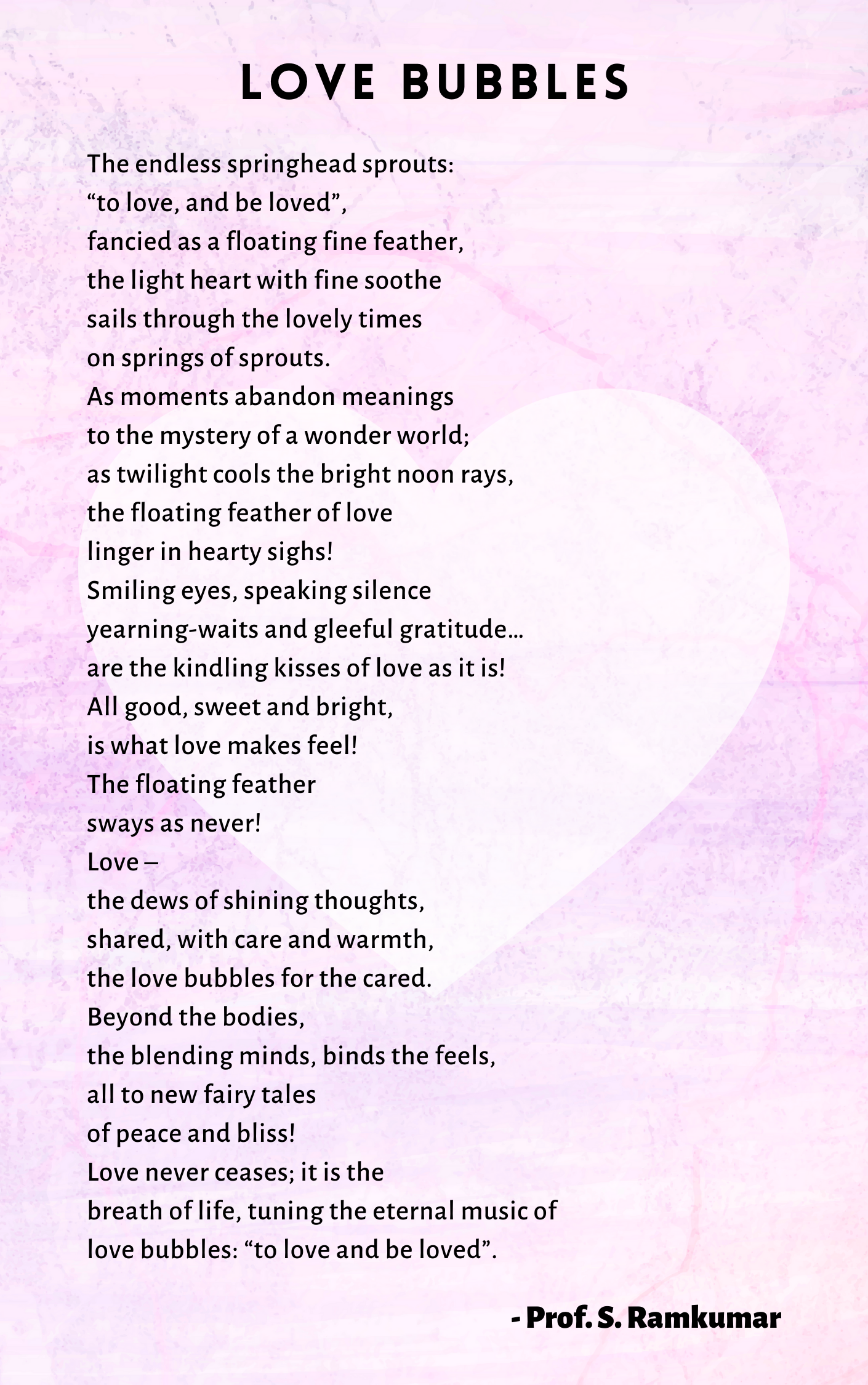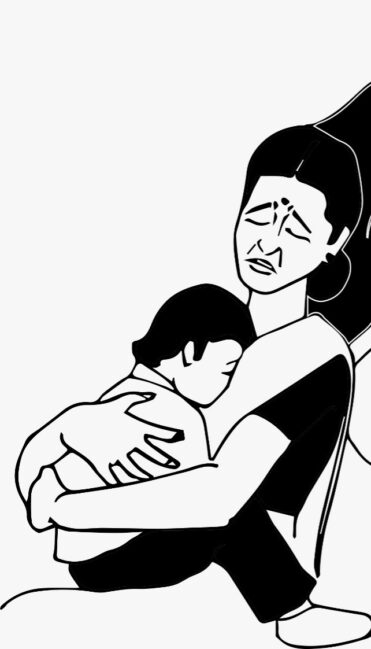The ladder to the first 200 Global Universities: an Indian perspective
Remember addressing the PG students of Arts & Sciences of Bangalore University in their Senate Hall of grandeur in 2013. The talk was on the challenges of higher education sector. Following the conclusion was the discussion in which a student raised the doubt on why Indian Universities do not find a place in the first 200 of the world which triggered a long and insightful debate. Educationists and policy makers debate this theme in various media and fora. They suggest methods for Indian Universities/Institutes to slide into the list of first 200 world-ranked Universities.
This article is an attempt to capture the context of education in the “Indian” situation which may help us to understand the “unseen” and often “invisible” good outputs of education in India, amidst the attempts to be a winner within the global rank race.
I have two points and prefer to make it explicit and clear about Point 2, first. Point two is that that there is a lot of room for improvement in quality enhancement of Higher Education institutions, which many are trying to achieve. These improvements inside an University is context-based, dependent on the society in which it functions and on which it is embedded upon. Various articles on this spread in newspapers, reveal its accruing relevance for the present times. What ails our educational institutions (nurturing institution of excellence is a slow and painstaking process) in Business Line July, 24th 2018 by Dilip Ahuja and the thoughts of Raghuram Rajan, an academician and former RBI Governor, in the Business Line on July 25, 2018 are just two examples to quote.
- Mr. Rajan mentions that we need to revolutionize education and that “India could make huge strides in education. Raw material in the form of children were available in plenty and good quality. They could be molded. Despite the problems of malnutrition, poor school and collegiate education, the raw material was useable and fresh. Even if they get a moderate education, you can still do great things with them” . He proceeded to give creative ideas for this.
I take my route to Point one of my thoughts from the above( ie. point 2: which is to state in simple terms Universities need to make lot of qualitative charges in areas such as the pedagogy, performance indices, content, interdisciplinary researches, attitude to science and society, need- based research, reformed examination systems etc., to be in the forefront of the Global University Rankings)
However, Point 2 -I feel that not being in the “Nth rank” in a list of Universities which are charted based on internationally set yardstick of higher education, should not be a worry as often thought for; no doubt, it can be a motive to address point one !
For e.g. The “Times Higher Education World Ranking of Universities” has designed the performance indicators of Teaching (30%), Research (30%), Citation (30%), International Outlook (7.5%) and Industry Income (2.5%). www.Times HigherEducation.com. Each of these is calculated with different criteria, like the Teaching has components of Staff to student ratio, Doctorate to Bachelors ratio and Institutional income. The implications of these have different degrees of importance in different countries.
India is unique in different ways. The fabric of Indian Society is rich in its years of culture and diversity; unique in its socio-economic platform on equalities; modeled as the largest successful democracy and above all the second most populous nation of the globe. The development of every society (at macro level) and identity of every individual in society (micro level) is dependent on the “back pack of the culture and civilization history” it carries. Education has a lot to do with fitting into the setting, culture or heritage.
“ Education is the perfecting of life- the enrichment of the individual by the heritage of the race. Let this vital process of transmission and absorption be interrupted for half a century, and civilization would end, our grandchildren would be more primitive than savages” Will Durant: 2014 “Fallen Leaves: last words on Life, Love War and God”. This vision is an example for the macro level identity.
Swami Vivekananda’s advice as “ Education is the manifestation of perfection already in man”, is relevant and simple in making realize the “micro level” identity of individuals.
Very few countries can claim the historical heritage that India has. This is a very broad area of discussion. To make it as simple (which in reality is as complex as the Universe which Stephen Hawking was astonished to explore and reveal) we can start from a portion of history that suits the discussion on ranking of Universities.
India was ruled by the British (leaving the long history of the pre-British Indian era, which have contributed the Nalanda and Takshasila to the world, Gurukul system, community schools etc) and in 1947, we were left with a “colonized education system” of more than 200 years. The great visionary leaders of Indian Independence in their attempt to rebuild India have toiled a great for the growth and development (from a socio-economic perspective) of our nation. Education had a vital role in it. The context included the “back pack of the culture and civilization” like caste, religion, class, tribe – ultimately we wanted inclusion of the poor and down trodden (to address poverty and adopt democracy) in nation building. Gandhian thought of “Compulsory school education” aimed at inclusive development (and nutrition) and he knew that India was best under the British rule.
Education played and plays a vital role in this take off from 1947.
Minoo Masani in his book “Our India” in 1941 narrates the great richness and diversity of India amidst the 16.1% of literacy. We moved from this to 74% literacy in 2011. As Amartya Sen says: “Illiteracy and innumeracy are major deprivations – profound “unfreedom” as their own. Not to be able to read, write and count makes a person less free to have control over one’s life.” British rule have left us with that illiteracy in 1947.
Adam Szirmai (1997) in his book on Education and Development: the dynamics of socio economic development, an introduction, observes that Education tends to be academically oriented and has little relationships with the life situations of most students.
I shall share few of the points of Amartya Sen (devoid of his stylistic explanation!) to take support for my thoughts.
This is from his article (one among the many he wrote on development issues specific to India) on “Sunlight and other fears: the importance of school education” ; in “The country of First Boys, 2015) talks on What’s the point of going to School ?
- Basic education can be very important in helping people to get jobs and to have gainful employment.
- Schooling is not only an educational occasion, it is also a “social opportunity” to come out of one’s home, and to meet others, who come from different families, has dissimilar values and have knowledge of disparate walks of life.
- When ultimate, their ability to understand and invoke their legal rights can be very limited.
- Illiteracy can also muffle the political voice of the underdog and thus contribute directly to their insecurity.
- The respect and regard for women’s well-being is strongly influenced by such variables as women’s ability to earn an independent income, to find employment outside the home, to have ownership rights, and to have literacy and be educated participants in decisions within and outside the family (This has direct connection to reduced mortality rates and positive health building in family too).
How many of the top ranked Global Universities (majority in the so called developed countries) have gone through a similar process of Nation building as given in the Indian context.
From 1947 to 2018 India has consistently progressed in all the “a” to “e” factors as mentioned above by Amartya Sen (though one can arguably ask for more efficient outcomes) for which education was pivotal. The ones who have gone through school education- many of them the underprivileged and privileged; girls and boys, poor & rich; rural & urban – enter colleges. This is one of our important yardsticks on progress of education : the number of universities and colleges after the independence and students enrolled in them.
As mentioned in the beginning of point 2, Reghuram rightly says “The raw materials in the form of children were available ………and they could molded.” We could achieve that with vision and implementation of reforms in education sector from Shri Jawaharlal Nehru to Shri Narendra Modi.
India is showing development in terms of socio economic parameters though challenges diversify as decades change.
What did the British rule leave for us:
- An examination System rather than an Education system.
(The Hunter Commission constituted by the UKK Parliament direction in 1882 has observed that there is no education system in India but only examination system. Students are being prepared for examinations to get a degree certificate to get a job and the prestige in society. The Kothari Commission report of 1952 endorsed the views). The education system in UK during colonial rule in India gave importance to Character building and overall personality development to face real life situations, while in India it was based on getting a certificate for job.
- Macaulay introduced English education in India in 1835 and this system created a class of anglicized Indians who would serve as cultural intermediaries between the British and the Indians. Though years have passed by Miniya Chatterji in her book on Indian Instincts : essays on freedom and equality in India (2018) discusses the feeling of some of the Indian parents even today : “ …the generation that does not speak English wants their children to do so. Education is an asset that has changed fortunes-parents who have not had any know its value and push their children towards it”. And Macaulay prevails!
- British Higher education system did little to promote analytic capacity or creative thinking and certainly no independence of mind. It produced a group of graduates with a better-than basic knowledge in English, in adequate in ninety percent of the cases to hold one’s own with an English man, but adequate to get a clerical position in the lower rungs of Government service.(Shashi Tharoor-2016. An era of darkness: the British empire in India p 223)
The ranking of Indian Universities as against the Universities of developed nations need to be viewed based on the “Indian context” of the society. From what we inherited (good and bad) and how we addressed these in the field of Education. If we have a yardstick added in the ranking on the entry of underprivileged, women, poor, rural, the Universities of India will be higher in the rank scales. Performance of any University that exists in a society is linked to the structure and function of the society. (This is again with reiteration of point 2).
If the ranking of Universities takes care of point 2 and point 1, I am sure that many of our higher educational institutes / universities will be in the first 100 of the world.
The yardsticks make the steps of the ladder.






















